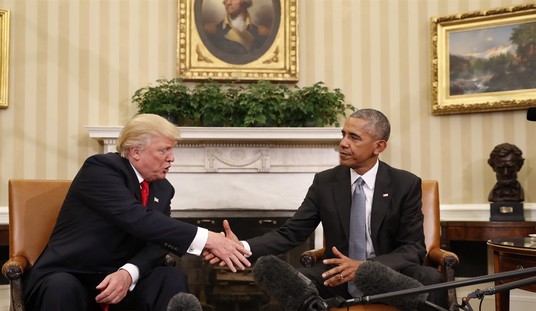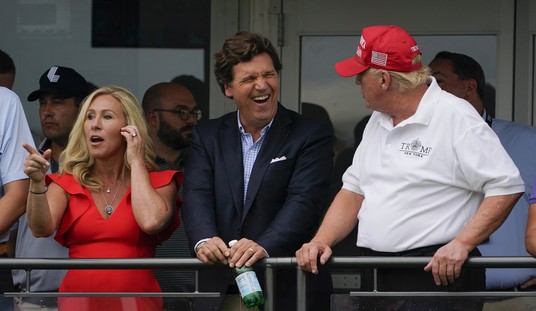The U.S., historically, has had a rather complicated relationship with protectionism. America, from its conception, had a notoriously heavy hand when it came to tariff implementation. The early Republican Party, particularly, was adamant in its support for high duties on foreign imports entering the domestic economy.
Much of the rhetoric surrounding early American trade policy stemmed from the Hamiltonian argument for infant industries. This, simply put, was the belief that newly emerging industries, primarily in Northern states, needed to be shielded from competition from already established companies overseas. Furthermore, aside from protection from foreign competition, tariffs served as an important stream of government revenue.
In the years following the Great Depression, however, the U.S. began to embark on a trade liberalizing journey. The establishment of liberal trade deals like the General Agreement on Tariffs and Trade (GATT) and, later, the World Trade Organization (WTO) and the North American Free Trade Agreement (NAFTA) effectively signified the death of protectionism in the U.S. This development, in turn, has led to more international trade, U.S. access to foreign markets, and cheaper consumer goods.
Some, though, have argued that women are not reaping the benefits of freer trade. In a new study from the Brigham Young University Law Review, Miranda Hatch posits that what she calls “sexist trade practices” are adversely affecting female consumers. At first glance, this claim seems absurd. While protectionism may be an obsolete trade philosophy, there’s nothing to suggest that it is inherently sexist. However, upon further inspection, it appears that there are, in fact, notable disparities between the tariffs imposed on female and male apparel and footwear. She finds, for example, “overalls for women have a 14% tariff but only a 9% tariff for men”.
It should, however, be noted that there are tariffs that affect men more than women. But Hatch claims that women, on the whole, are the victims of these “pink tariffs.”
The question, though, remains: What is the rationale for imposing higher tariffs on female apparel? What’s more, could it be that there is some underlying misogyny at work here? Upon reading this study, there seems to be nothing substantiating the claim that these tariffs are inherently sexist. Fashion companies that manufacture female apparel have brought these complaints about “discriminatory” and “gender-based” tariffs to court, but they’ve been unable to present any kind of empirical evidence for intentional gender discrimination.
The U.S. Court of International Trade (CIT), during the hearings of a case brought about by Totes-Isotoner, a women’s fashion company arguing against the “pink tariff,” found that there was no credible evidence to support the claim that sexism was a motivating factor for the tariffs:
…the CIT ruled that Totes-Isotoner did not plead sufficient facts to state a valid claim. The CIT followed the pleading standard described in Twombly that requires plaintiffs to provide factual allegations that are “enough to raise a right to relief above the speculative level . . . on the assumption that all the allegations in the complaint are true (even if doubtful in fact).”
The CIT seemed to be applying an intermediate scrutiny analysis by ruling that Totes-Isotoner must allege that “the government has engaged in gender-based discrimination without an exceedingly persuasive justification, or in other words, that the government has used discriminatory means that are not substantially related to important governmental objectives.”
Hatcher, though, seems hopeful about future litigation. The increasing female demography in the courts, she argues, has the potential to yield very different outcomes regarding the “pink tariff.”
As of now, however, the sexist trade argument seems to be unfounded. While most of us can agree that the protectionism of the 19th century was bad economics, it is unfair to say that it is also sexist.









Join the conversation as a VIP Member